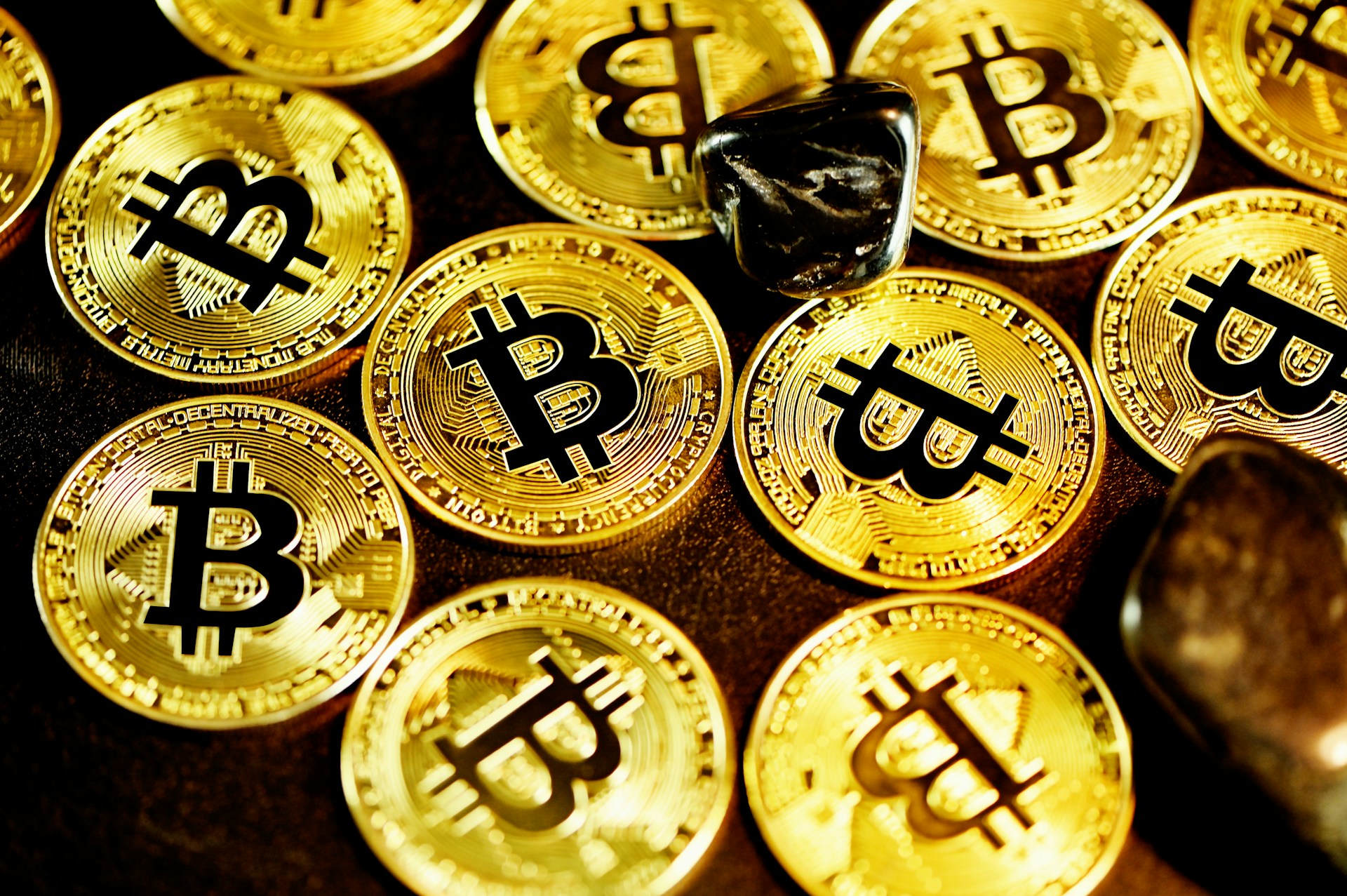Imagine you’re standing at a bustling marketplace. The air is thick with conversation, each vendor shouting about their wares. Now, transpose that scene to the digital realm, where countless transactions are happening every second, and the “price” of something is a constant, fluctuating barometer of its perceived value. This is often how we perceive the ethereum price. We see a number, a dramatic upswing or a sharp decline, and we react. But have you ever stopped to truly consider what lies beneath that surface? Is the ethereum price merely a reflection of speculation, or does it tell a deeper story about innovation, adoption, and the very evolution of digital finance?
It’s easy to get caught up in the daily fluctuations, to feel the adrenaline surge with a significant jump or the anxiety creep in with a dip. However, as someone who’s spent considerable time navigating these digital currents, I’ve found that a truly insightful perspective comes not from chasing every tick, but from understanding the underlying currents that shape the ethereum price. This isn’t just about predicting the next move; it’s about appreciating the complex ecosystem that gives Ethereum its worth.
The Pillars of Ethereum’s Value Proposition: Beyond Hype
When we talk about what influences the ethereum price, it’s tempting to point fingers at social media buzz or a few high-profile endorsements. And yes, sentiment plays a role, as it does in any market. But the real strength of Ethereum, and consequently its price, is built on far more substantial foundations.
The Power of Smart Contracts: At its core, Ethereum is a decentralized platform enabling smart contracts – self-executing agreements with the terms of the agreement directly written into code. This ability to automate complex processes without intermediaries is revolutionary. Think about it: everything from supply chain management to digital art provenance can be streamlined and secured. The more real-world applications leverage this capability, the more intrinsic value accrues to ETH.
Decentralized Finance (DeFi) as a Catalyst: DeFi is arguably Ethereum’s killer app. It’s a burgeoning financial system built on blockchain technology, offering services like lending, borrowing, and trading without traditional banks. The sheer volume of assets locked in DeFi protocols, and the growing number of users actively participating, directly impacts demand for ETH, the fuel that powers these applications.
The NFT Revolution and Digital Ownership: Non-Fungible Tokens (NFTs) have exploded into the mainstream, and Ethereum has been their primary home. From digital art to virtual land, NFTs represent a new paradigm for ownership and value. Every NFT minted and traded on Ethereum represents a transaction that consumes ETH, reinforcing its utility.
Understanding Network Demand: The Engine of ETH’s Worth
The price of any asset is fundamentally a function of supply and demand. While Ethereum’s supply is governed by its protocol (with mechanisms like burning reducing circulating supply), it’s the demand side that offers a more dynamic and interesting picture when analyzing the ethereum price.
Transaction Fees as a Demand Signal: Every time a transaction or a smart contract execution occurs on the Ethereum network, a gas fee is paid in ETH. High transaction volumes and complex operations mean higher demand for block space, which in turn increases demand for ETH to pay those fees. Observing spikes in gas fees can often be an early indicator of increased network activity and, by extension, potential upward pressure on the ethereum price.
Staking and the Merge’s Legacy: The transition to Proof-of-Stake (The Merge) fundamentally changed Ethereum’s economics. By staking ETH to secure the network, holders effectively “lock up” their assets, reducing available supply. This mechanism, coupled with the rewards earned for staking, creates a strong incentive for long-term holding and can contribute significantly to price stability and growth. It’s a fascinating shift from a purely speculative asset to one with a tangible utility in network security.
Developer Activity and Ecosystem Growth: The number of developers actively building on Ethereum is a crucial, albeit often overlooked, metric. A vibrant developer community means new applications, new use cases, and continued innovation. This constant influx of creativity fuels demand for ETH as developers need it for testing, deploying, and operating their dApps.
Navigating the Volatility: What It Means for Investors and Users
Let’s be frank: the ethereum price can be incredibly volatile. This is a characteristic of nascent, rapidly evolving technologies. But instead of viewing this solely as risk, consider it as an indicator of the market’s ongoing discovery process.
The Role of Speculation vs. Utility: It’s undeniable that speculative trading plays a significant part in short-term price movements. However, the long-term trajectory of the ethereum price is increasingly tied to its utility. As more real-world problems are solved by Ethereum’s decentralized infrastructure, the speculative premium may give way to a more robust, utility-driven valuation.
Regulatory Winds and Market Sentiment: The broader cryptocurrency market is sensitive to regulatory news. Announcements regarding regulation, both positive and negative, can cause ripples that affect the ethereum price. Similarly, shifts in global economic sentiment, inflation concerns, or interest rate changes can influence investor appetite for riskier assets like cryptocurrencies.
Technical Upgrades and Future Potential: The Ethereum roadmap is packed with ambitious upgrades, such as scaling solutions (layer-2 solutions) and further optimizations. Each successful upgrade enhances the network’s capabilities, making it more efficient, accessible, and attractive to users and developers. These advancements often have a positive impact on investor confidence and, consequently, the ethereum price.
Looking Ahead: Is Ethereum’s Price a Signal of the Future?
When you look at the ethereum price, try to see beyond the immediate digits. See the millions of transactions, the thousands of dApps being built, the growing adoption of DeFi, and the innovation in digital ownership. It’s a complex interplay of technological advancement, economic incentives, and human adoption.
The journey of the ethereum price is, in many ways, a microcosm of the broader digital revolution. It’s a testament to the power of decentralized systems and the potential for blockchain technology to reshape industries. Rather than just tracking numbers, understanding the forces that shape the ethereum price allows for a more informed perspective on its true value and its potential role in the future of finance and beyond. It invites us to ask: are we witnessing the birth of a new financial infrastructure, and is the current ethereum price merely a whisper of what’s to come?
Wrapping Up: A Call for Deeper Engagement
Ultimately, the ethereum price is more than just a ticker symbol; it’s a dynamic indicator of a rapidly evolving ecosystem. For those who are truly invested, whether financially or conceptually, engaging with the underlying technology, the development milestones, and the real-world adoption is paramount. Don’t just watch the price; understand what’s driving* it. This deeper engagement is key to navigating the complexities and truly appreciating the transformative potential of Ethereum.

